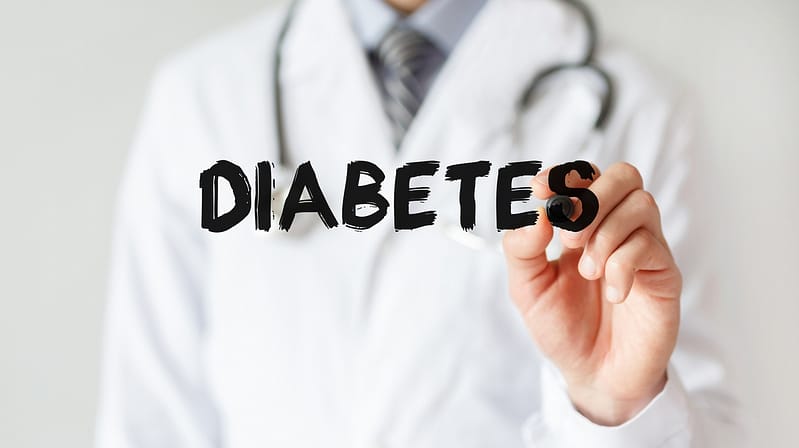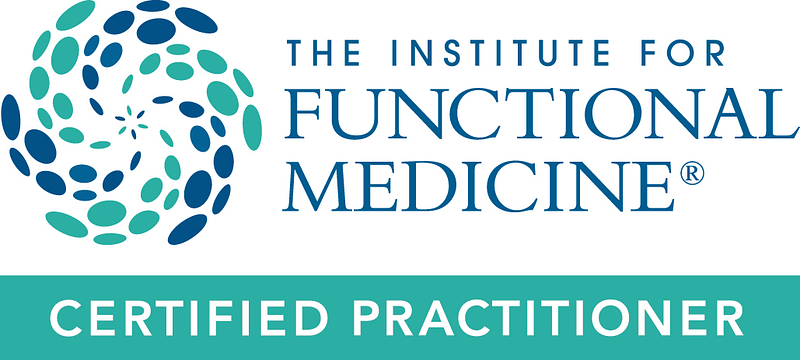by Eileen M. Wright, M. D.
CDC statistics released in January 2003 reveal that the incidence of diabetes in the United States has increased by 61 percent since 1991. An estimated 17 million Americans are diabetic. Nationally, direct annual costs of diabetes approach $92 billion. However, the greatest cost, the loss of health, cannot be measured in dollars.
Diabetes occurs when a person is unable to efficiently burn blood sugar (glucose) for energy due to the lack of insulin or ineffectiveness of insulin. Insulin is a pancreatic hormone that transports glucose into cells to be burned for energy. Diabetics may have no symptoms whatsoever, or may have excessive thirst, frequent urination, and low energy. The complications of uncontrolled diabetes include poor circulation that can result in strokes, heart attacks, blindness, kidney failure, foot ulcers and amputations. The damage from diabetes to nerves results in peripheral neuropathy: pain, numbness, and altered sensation, particularly in the feet and legs.
There are two types of diabetes. Type 1 or childhood onset diabetes has a sudden onset and accounts for only 10 percent of diabetics, while Type 2 diabetes has a gradual onset and accounts for 90 percent of diabetics. Although it occurs most often in adulthood, Type 2 has recently even been diagnosed in children due to high dietary intake of sugar, poor nutrition, obesity, and sedentary lifestyles. Type 2 diabetics often produce excessive amounts of insulin, but are resistant to their own insulin. Since excess insulin can result in high blood pressure, vascular disease, and obesity, it becomes very important for Type 2 diabetics to control their blood sugar with diet rather than taking even more insulin.
Many people are falsely reassured when fasting blood sugars are “normal” at their annual checkup. Patients with normal fasting morning blood sugars are all too often found to have pre-diabetes or Type II diabetes on further evaluation. The most sensitive diagnostic test to identify individuals who are at risk for developing diabetes or to diagnose diabetes is the 4-hour Glucose Insulin Tolerance Test (GITT). A GITT is most useful when reviewed by a doctor familiar with its interpretation. Impaired Glucose Tolerance (IGT) and Impaired Fasting Glucose (IFG) are two pre-diabetic conditions that are also diagnosed through a GITT, providing an early warning and an opportunity for prevention. Adults over the age of 40 with a family history of diabetes, obesity, or high blood pressure should be screened for diabetes.
Diabetes is primarily a nutritional illness-a diabetic simply can’t efficiently burn carbohydrates for energy. This seemingly little glitch is responsible for all of the complications of diabetes. Nutritional illnesses need nutritional treatment. Carbohydrate restriction is the core of the nutritional treatment of diabetes. Carbohydrates, including sugar and starches-sodas, desserts, pastries, cookies, candy, sweet tea, potatoes, cereals, pasta, crackers, and bread-are metabolic poisons for diabetics.
An ounce of prevention is worth a pound of cure when it comes to diabetes. Maintaining normal blood sugars is the foundation of the successful treatment of diabetes. There is simply no magic pill to take the place of maintaining normal blood sugars through restricting carbohydrates, attaining ideal weight, and exercising. Chromium, vanadyl sulfate, magnesium, vitamin B-6, zinc, folic acid, Vitamin B-12, certain herbs, and drugs for diabetes are known to enhance insulin sensitivity, support pancreatic function, and slow or reduce complications. The good news is Type 2 diabetes is preventable. Types 1 and 2 are modifiable by lifestyle changes that can reverse, decrease, or postpone complications once thought inevitable.













